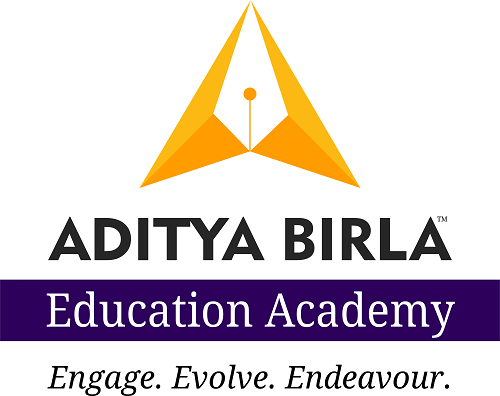Encoding refers to the process of attending to, and transferring, information into memory. Some basics to keep in mind to improve encoding include:
- Provide students with sufficient contextual background before launching into your complete lesson. This will prime their already existing schemas, i.e., topical knowledge base, which will help them create a framework on which to ?hang? new learning associations.
- Teach students to use elaborative rehearsal strategies that add meaning and foster deeper levels of processing. Creating outlines, generating concept maps, thinking of personal examples, and similar elaborations all serve to increase the amount of encoding cues relative to passive re-reading or rote repetition. Consequently, there will be more associative pathways for retrieval.
- Encourage students to space out their practice sessions rather than cramming. Cramming can be effective in the short term but spaced practice is better for longer term retention.
- For retrieval, we know from classic research by Hermann Ebbinghaus that, even if one learns material to perfection, about 40% is lost as quickly as 20 minutes later. Teachers could suggest that students wait about 20 minutes after a study session before testing themselves. The delay will provide a clearer sense of what students do or do not remember raising their metacognitive awareness and helping to focus study efforts where it is most needed.
The encoding specificity principle states that retrieval is optimized when the retrieval context is similar to the original encoding context. For example, if material is studied in a quiet space it will be best recalled in that same or a similar quiet space. In Education, this principle is captured in a corollary: transfer-appropriate processing. Essentially, learning is optimal when learning activities match the assessment activities. If teachers want students to be able to answer essay questions on a test, or analyze case studies, or answer multiple-choice questions, they must design learning activities that help students practice elements of those desired learning outcomes.
Finally,incorporating active learning activities is always desirable, not just for improving encoding and retrieval, but for adding more pleasure and enjoyment for students and teachers alike!
Image source-freepik







